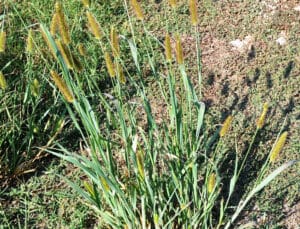Salix babylonica
Description
Sweeping, low branches and a familiar, falling canopy. The Weeping Willow is a favorite among tree lovers for its dramatic appearance and rounded, weeping shape. Plus, it’s perfect for those looking for character and classic looks, adding value to their property. The Weeping Willow is an excellent shade tree that’s always in high demand.
And it’s one of the fastest growing shade trees, growing up to 6 to 8 feet in one year. Willows start out thin, with only a few branches that point upward against the trunk. But after growing quickly to a height around 10 feet, they burst forth with more and more branches that arch outward, forming the weeping canopy that makes them famous.
Planting
Plant your Weeping Willow in full sun to partial shade (any area with about 4 to 8 hours of sunlight per day), select a site with well-drained soil, and space at least 35 feet from your septic system or leach field. When you’re ready to plant, dig a hole three times the width and just as deep as the root ball on your tree. Place your tree in the hole, straighten it, gently back fill the soil and tamp it down. After this process is complete, give your tree a long drink of water until the soil becomes moist. Spreading a layer of mulch that’s about three inches thick around the base of your tree will help the soil retain moisture and prevent weeds from growing.
Watering
You should regularly water your Weeping Willow for the first year to keep soil evenly moist (about once or twice weekly). Water your Willow only during dry periods in successive years. Although Weeping Willows prefer moist soil, they adapt easily to drier soil.
Fertilizing
Choose a brand that has equal parts of each chemical component, such as 10-10-10 or 20-20-20, or a similar product, for optimum results. Applying fertilizer that contains nitrogen produces greener, lusher plants, and accelerates growth. Fertilize in early spring, before new growth begins.
Pruning
Thinning the crown increases air circulation, which pushes wind through the tree and helps prevent disease. A good rule of thumb is to prune 2 inches between branches at the top of the tree during early spring, before new growth emerges. Also, trim back any branches dragging the ground. And pinch or clip off nubs that grow from the trunk to maintain the classic Weeping shape. Broken branches, dead branches, or diseased wood can be removed year-round.
| Growing Information | |
| Mature Height: | 30-50 ft |
| Mature Width: | 30-50 ft |
| Sunlight: | Full to Partial Sun |
| Bloom Time: | |
| Growth Rate: | Fast |
| Grows Well in Zones: | 24-9 |
| Your Growing Zone: | 6 |





